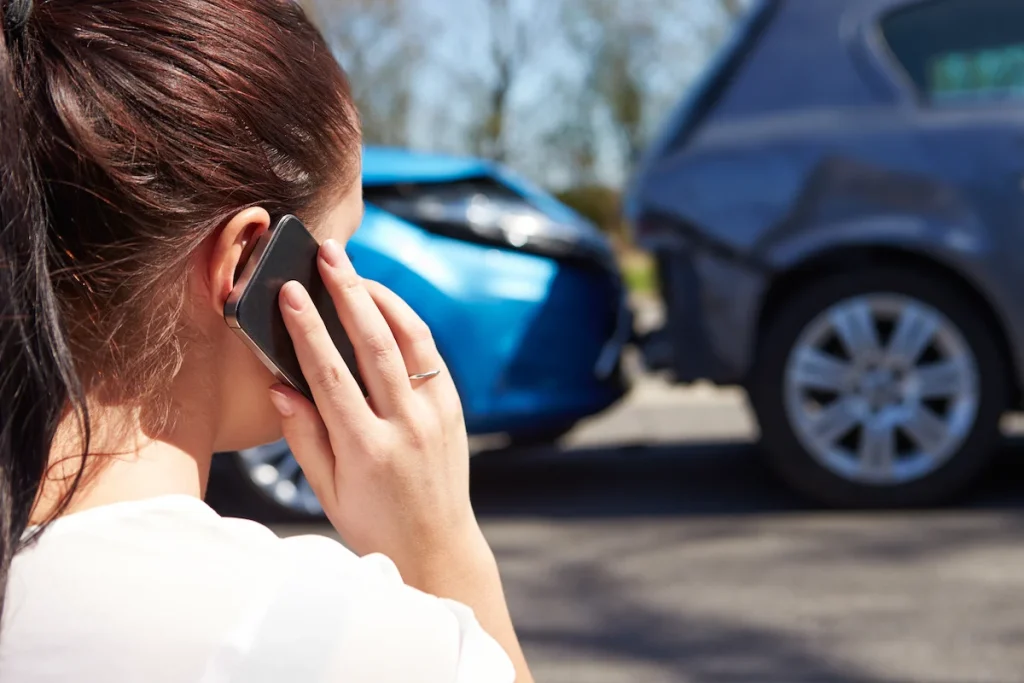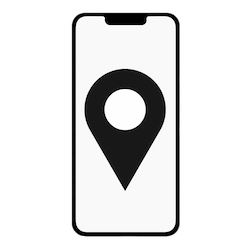What Happens if Someone Else is Driving My Car and Gets in an Accident?
An Attorney’s Guide
For many Americans, lending their vehicle to a friend, family member, or colleague is a routine act of kindness. However, the implications of someone else driving your car and getting into an accident are far from straightforward. As an attorney, understanding the complexities surrounding this issue can help you better advise your clients. Here’s a comprehensive guide on the matter.
1. The Primary Role of Insurance
In most U.S. states, car insurance follows the vehicle, not the driver. Thus, if someone else is involved in an accident while driving your car, your auto insurance is the primary coverage to pay for damages, assuming you granted the driver permission to use your vehicle.
2. Permissive vs. Non-Permissive Use
- Permissive Use: If the driver had your consent to use the vehicle, they would be considered a “permissive user.” In such cases, your primary car insurance would cover the damages up to your policy’s limit.
- Non-Permissive Use: If your vehicle was taken without your consent, it changes the dynamic. If a friend or family member took the car without permission and caused an accident, you might argue that you aren’t financially responsible. However, you need to prove the use was non-permissive, which could become contentious.
3. Liability Limits and Secondary Coverage
If the damage from the accident exceeds your insurance policy’s limits, what happens next depends on the supplementary insurance policies:
- Driver’s Personal Insurance: After your policy limits are exhausted, the driver’s auto insurance might be a secondary coverage to cover additional damages.
- Umbrella Policies: If you have an umbrella policy, it could offer additional liability coverage beyond the standard auto policy limits.
4. Potential Increase in Premiums
Even if you weren’t in the vehicle at the time of the accident, your insurance premiums might still increase since your policy was the primary coverage. The car owner needs to understand that their generosity in lending their car might lead to financial implications.

5. Determining Negligence and Liability
In scenarios where the person driving your car is deemed at fault, it can be a tricky process to determine liability, especially if both parties have differing accounts of the events. An attorney’s role becomes pivotal in such situations, navigating the maze of claims, counterclaims and determining the negligence involved.
6. Exclusions and Special Circumstances
Most auto insurance policies have exclusions. For instance, if the person driving your car was under the influence of drugs or alcohol, your insurance might refuse to cover the damages. Likewise, if the driver was using your vehicle for commercial purposes (like ridesharing without appropriate coverage), there could be complications in the claim process.
7. Potential Legal Ramifications
In some states, if someone causes an accident while driving your car, and the damages can’t be fully covered by insurance, you might face legal ramifications as the car owner. This could include being sued for damages that exceed the policy limits.
8. Importance of Communication
Car owners must have explicit communication with anyone they lend their car to. They should be aware of the potential insurance implications, the state of the driver’s insurance, and any other factors (like intoxication) that could affect liability.
Conclusion
Lending your car to someone might seem like a simple gesture, but it’s fraught with legal and financial intricacies. As an attorney, ensuring that you’re equipped with comprehensive knowledge about these scenarios can go a long way in guiding your clients effectively. Always stay up-to-date with state-specific regulations and the evolving landscape of auto insurance to offer the most accurate advice.
